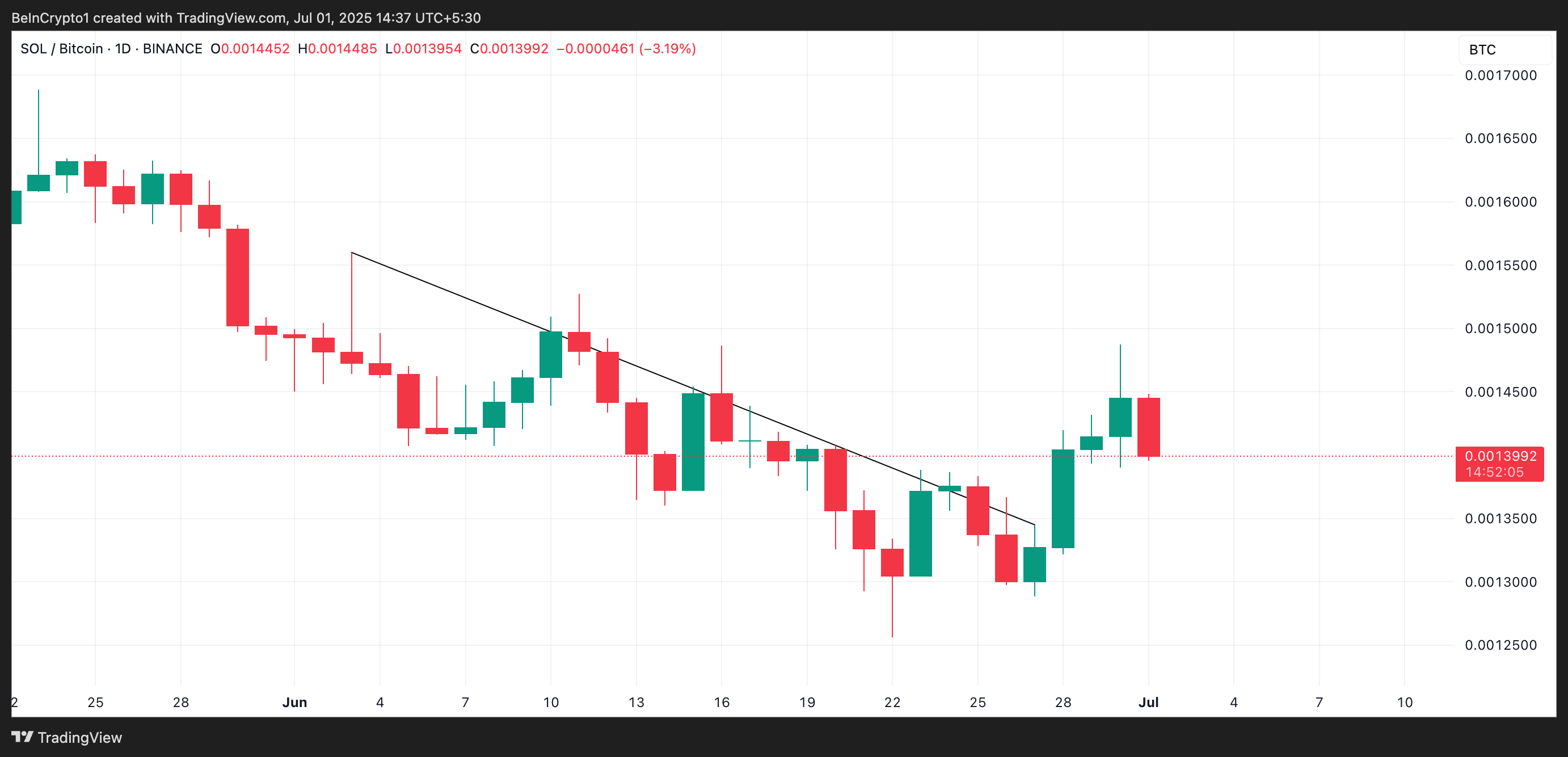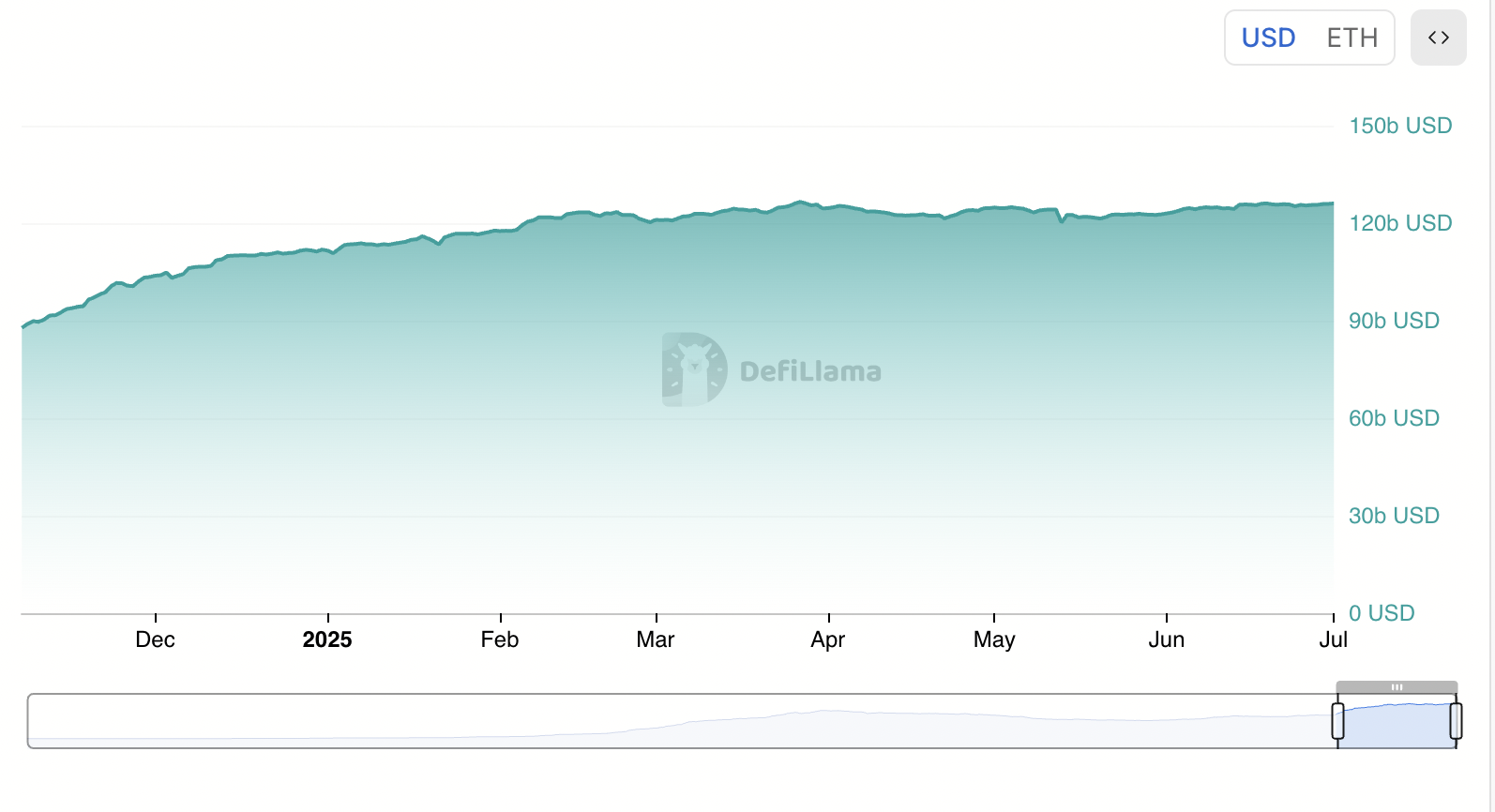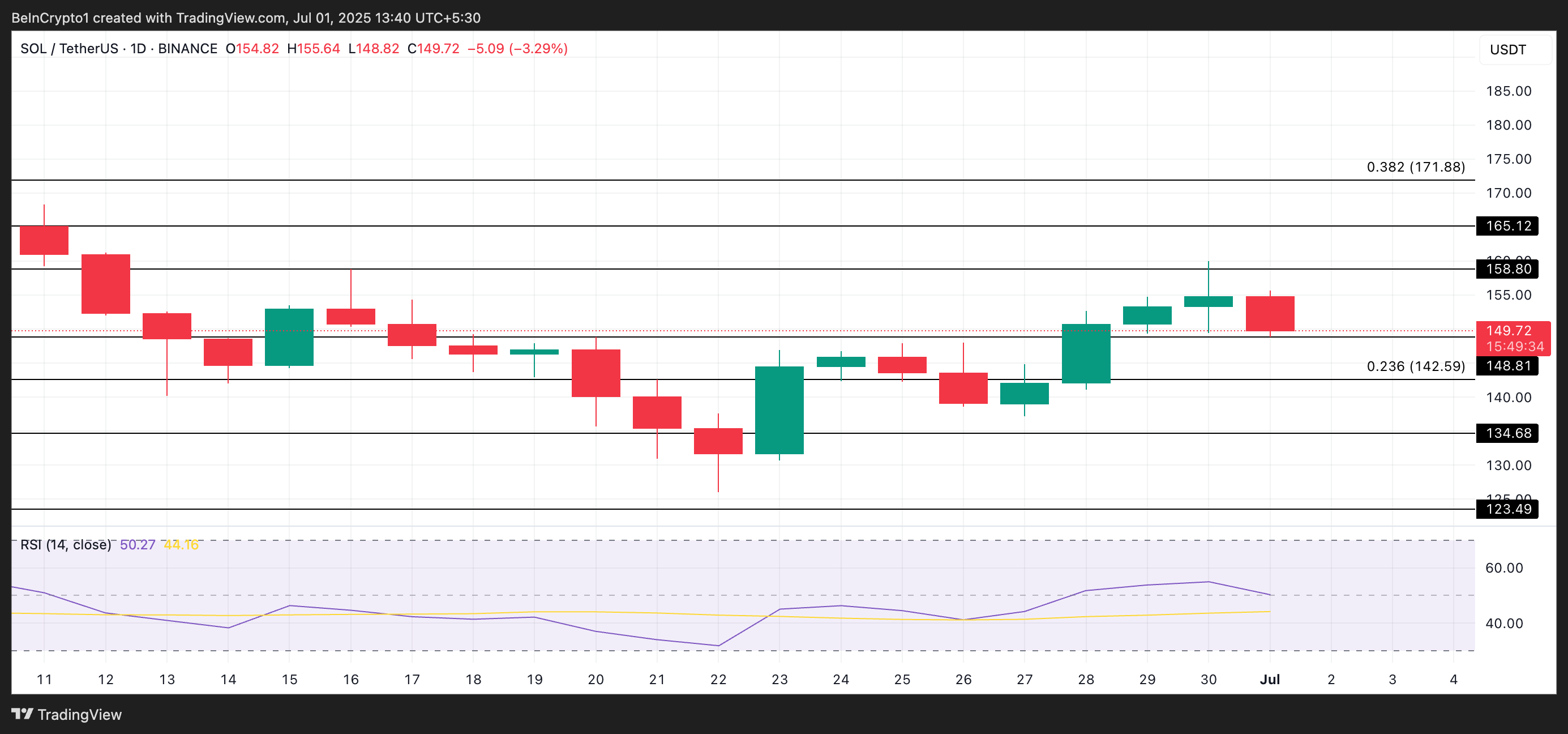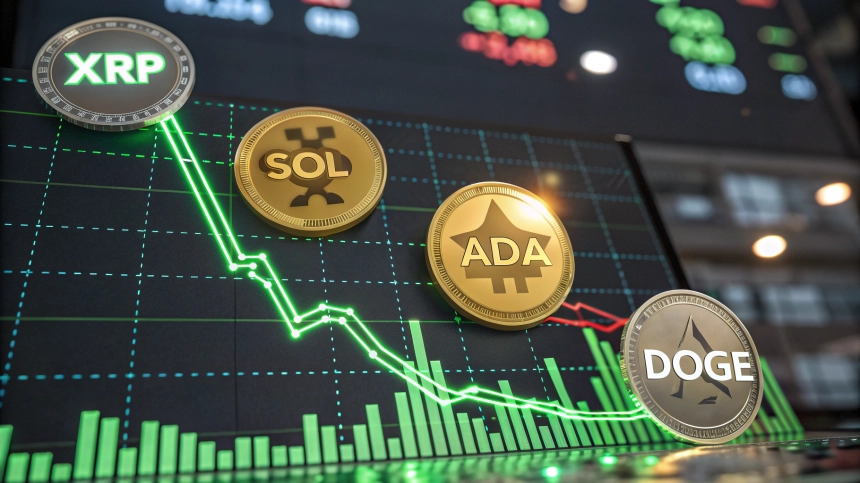As July begins, the geopolitical tensions between Israel and Iran and changes in investor sentiment are having a significant impact on the cryptocurrency market.
With the United States' deepening involvement in the Israel-Iran conflict, risk appetite has noticeably decreased, putting pressure on altcoins like Solana.
90% Plunge in SOL/BTC Ratio... What Does This Mean for Solana in July?
The key indicator sending a warning signal is the SOL/BTC ratio. This ratio mostly declined in June but began to rebound in the last week.

The SOL/BTC ratio compares Solana's performance to Bitcoin (BTC). A rising ratio means SOL is preferred in the market compared to BTC. Conversely, a decline signals that SOL is losing value relative to BTC. This is also a useful criterion for determining whether the market is altcoin-focused.
From June 1 to June 27, the SOL/BTC ratio plunged 90% to reach 0.00013. This decline shows that Solana's price movement has weakened compared to BTC, primarily because market sentiment has been declining throughout most of the month.
Although it rebounded last week, it remains at risk due to increased market volatility, as investors have recently shown a stronger preference for safety.
SOL Faces Liquidity Shortage... Decreased Risk Appetite
In an exclusive interview with BeInCrypto, Martins Benkitis, co-founder and CEO of Gravity Team, confirmed that SOL continues to underperform compared to major coins like BTC and ETH. As risk appetite continues to weaken, price movements are likely to be under pressure.
"Not fatal, but noisy and meaningful. The SOL/BTC broke the short-term support zone we've been tracking since May. BTC dominance has risen, and SOL's beta works unfavorably in this environment. The price correlation indicators show that SOL is increasingly lagging behind major coins," Benkitis said.
When asked about the current preference for risky assets like SOL, Benkitis explained that market flows are currently firmly favorable to major coins.
"As we know, the flow is currently favorable to major coins. In BTC/ETH, we're seeing narrower spreads and deeper liquidity, while SOL order books are thinner and wider. Passive market makers are reducing depth, and high-frequency traders are hedging more aggressively. Risk appetite has weakened, and SOL demand has decreased," Benkitis said.
Changes in stablecoin liquidity across networks further reinforce Benkitis's stance. According to defillama, Ethereum network's stablecoin liquidity increased by 2% last month, reaching $125 billion at the time of reporting.

In contrast, Solana's stablecoin liquidity decreased by 9% during the same period, highlighting the network's reduced trading activity.

Stablecoins represent the primary trading capital in decentralized finance (DeFi) and on-chain markets. Such a liquidity decrease indicates that traders and capital providers are withdrawing funds to reduce risk exposure.
In Solana's case, the 9% decrease in stablecoin liquidity means less capital to support general market activity within its ecosystem. This could put pressure on SOL's price in July, as reduced liquidity can make assets more vulnerable to significant price fluctuations and weak upward momentum.
RSI Collapse Imminent... Increased Price Risk
The declining Relative Strength Index (RSI) on the daily chart confirms the possibility of additional price issues in July. At the time of writing, this key momentum indicator is located at 50.27 and is prepared to break below the neutral line.
The RSI indicator measures an asset's overbought and oversold market conditions, ranging from 0 to 100. Values above 70 indicate an overbought asset with expected price decline, while values below 30 suggest an oversold asset that may rebound.
If SOL's RSI successfully maintains itself above the neutral threshold, it could signal a shift to new buying pressure, potentially pushing the coin's price to $158.80.

However, as liquidity decreases among SOL holders and risk-averse sentiment increases, the price could fall below $148.81 to $142.59.






